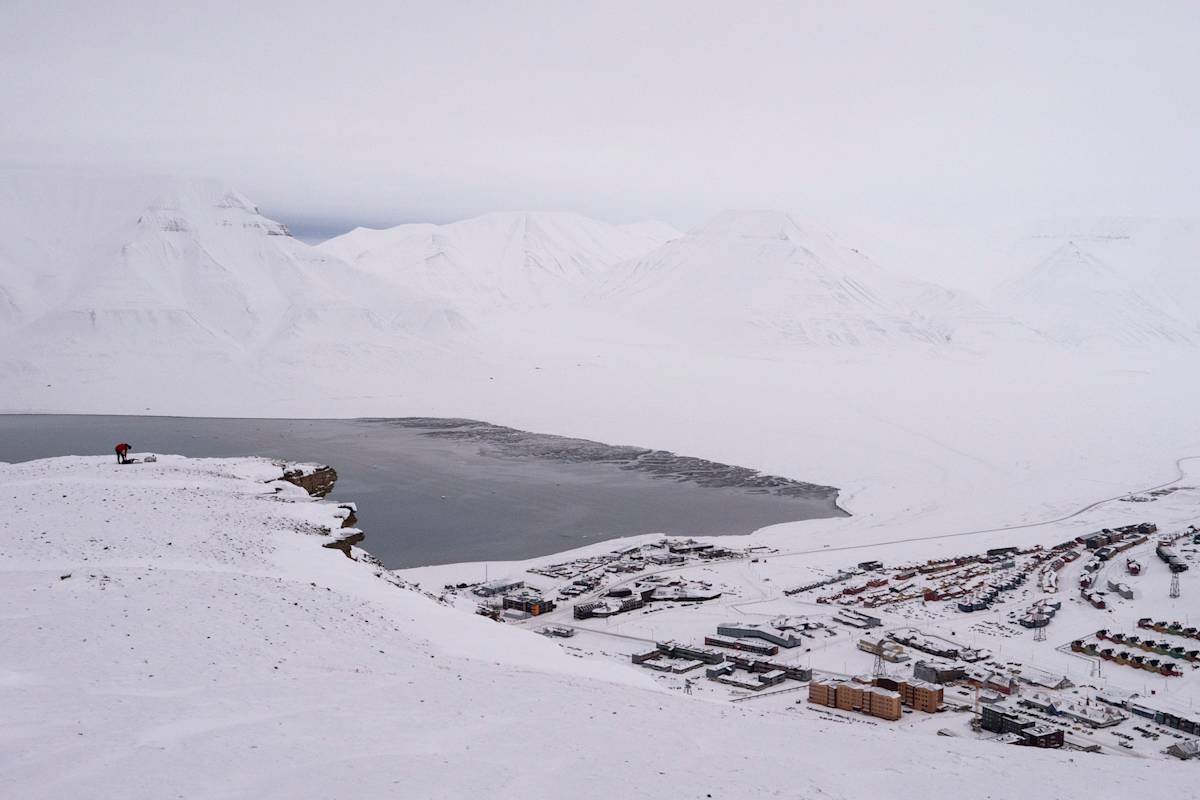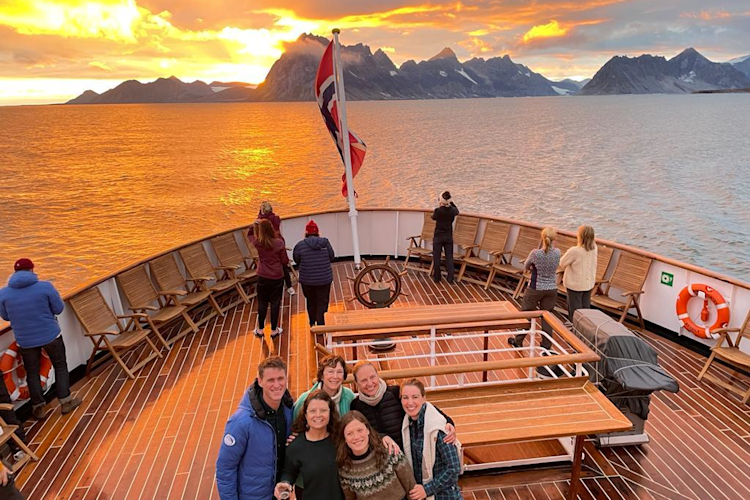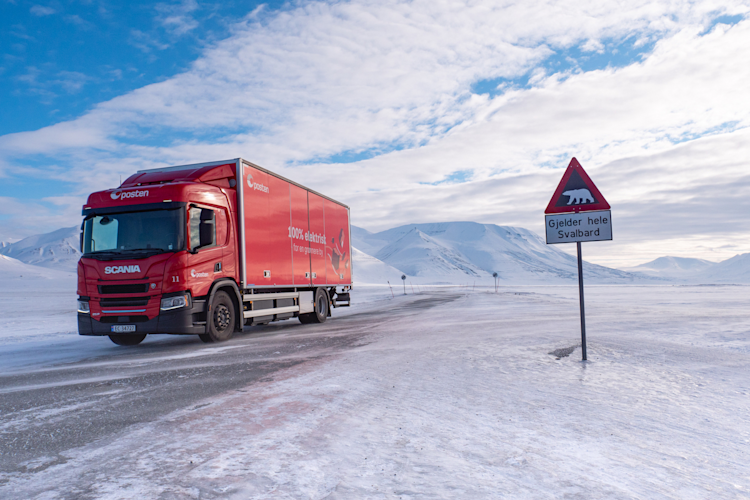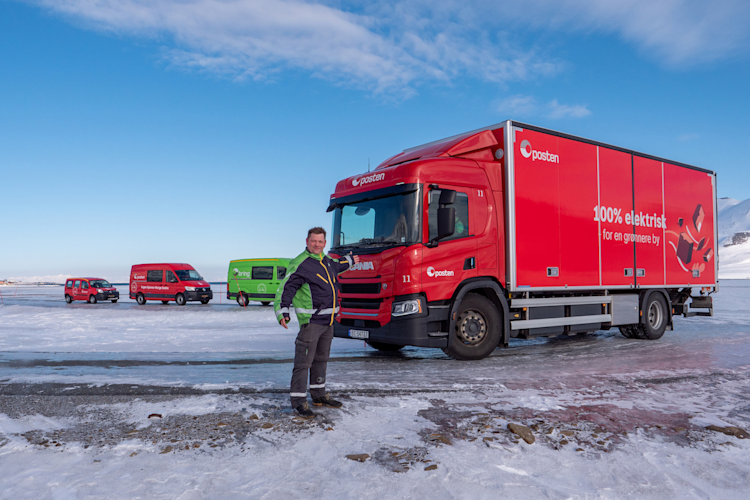As Polar Bears International deepens its roots in Svalbard, Norway—where we conduct our polar bear Maternal Den Study every spring—several of our staff members recently took part in a four-day expedition organized by Hearts in the Ice, a climate-action organization founded by Sunniva Sorby and Hilde Falun Strom, the first two women to overwinter solo in Svalbard.
Set against a backdrop of stunning fjords and glaciers, the gathering offered the chance to network and form partnerships with others committed to sustaining the sea ice that polar bears require.



















